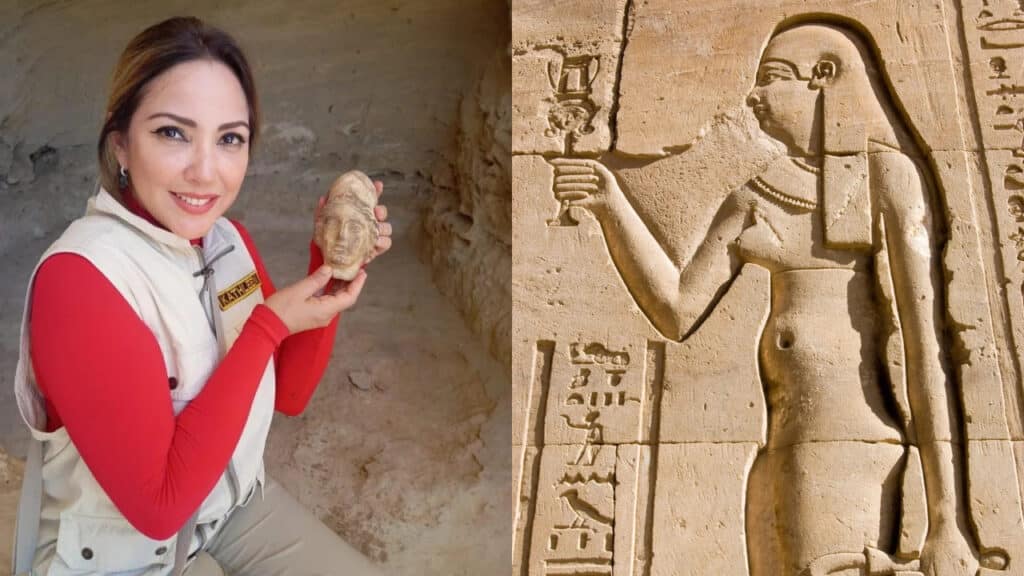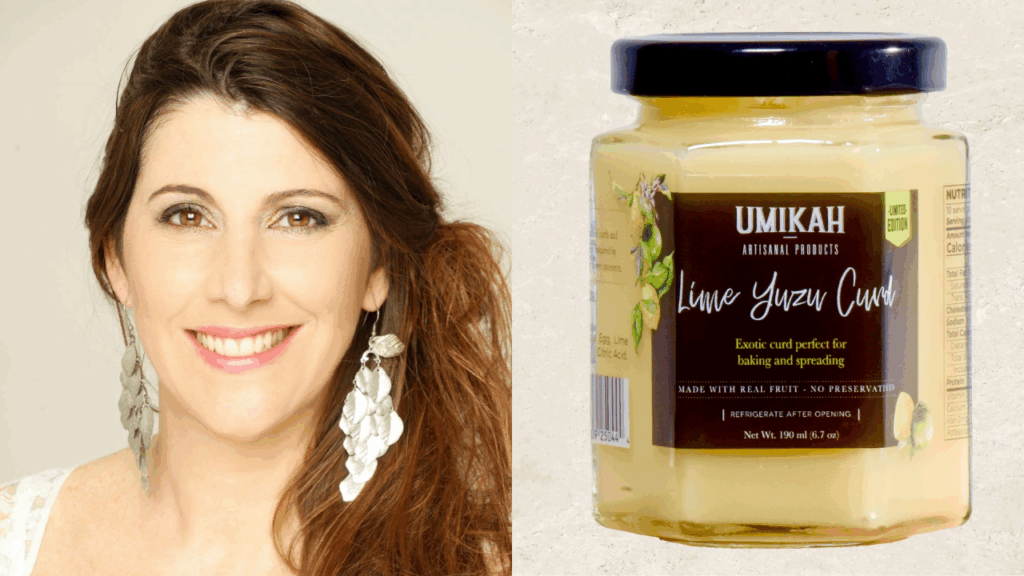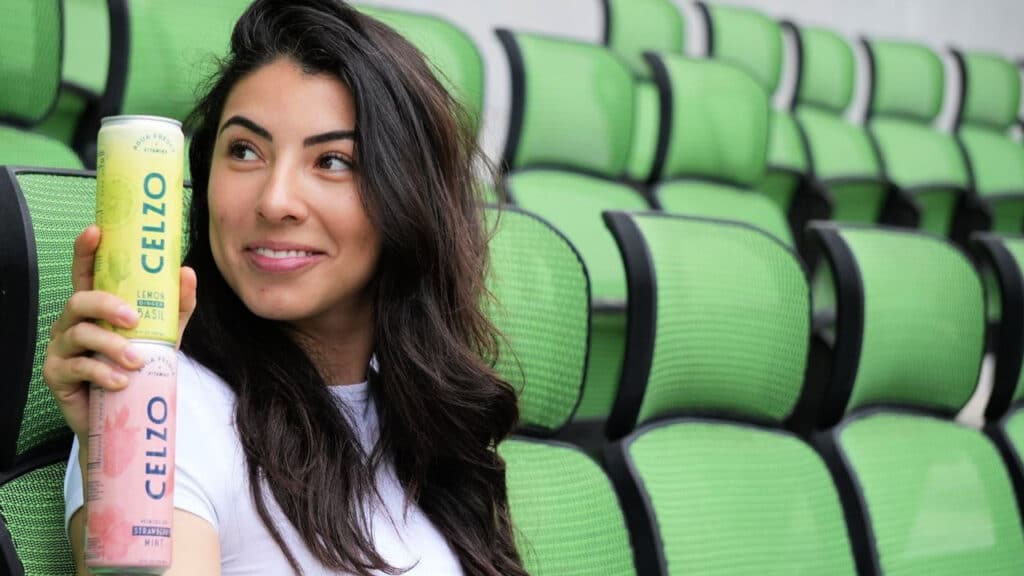How Annaí Ramos Brought Five Decades of Mexican Fashion to Life in ‘Sin Querer Queriendo’
Sin Querer Queriendo, the bioseries portraying the life of Roberto Gómez Bolaños (Chespirito), has become a sensation across the Americas. The HBO series retraces the Mexican comedian’s journey to fame, from a middle-class child to a worldwide icon. (If you need a refresher, the actor, writer, and producer was responsible for some of Mexico’s greatest television hits, including El Chavo del 8 and El Chapulín Colorado.)
With a script adapted from his autobiographical book, the show unveils behind-the-scenes episodes of Chespirito’s life. The star’s controversies, relationships, and creative legacy take center stage across eight episodes — the finale airing on July 24.
Beyond a plot that keeps viewers glued to the screens every Thursday, Sin Querer Queriendo stands out for its faithful depictions of fashion and style from bygone eras. The costuming work, helmed by Mexican designer Annaí Ramos, offers a glimpse into five decades of fashion history. It also celebrates the Mexican creative industry with a wardrobe entirely sourced and created in Mexico.
Costuming five eras
Accurately costuming more than 300 characters across an extensive timeline required considerable research, Ramos tells FIERCE. During the pre-production period, the designer collaborated with a historian who searched for information and references in libraries and newspaper archives. This allowed Ramos to paint an unerring picture of Mexican people in each era.
Additionally, chatting and learning more about people such as Graciela Fernandez, Chespirito’s first wife and mother of his children, was foundational during this process. The designer received the support of Roberto Gómez Bolaños’ children, Roberto and Paulina, who served as the series’ executive producers.
“They sent us photographs that people wouldn’t be able to find on the internet, photos that they had privately collected,” Ramos explains. “If you look at Paulina [Gómez Fernandez’s Instagram] account, she’s starting to upload all the photos they kindly showed us during pre-production.”
Sourcing locally and supporting the Mexican Industry
The next step was curating a wardrobe and deciding on the pieces they would need to replicate for the show. In this stage, Ramos made the conscious decision to source everything locally and work with Mexican designers and costume rentals to support the local industry. Plus, working locally was the most environmentally friendly option.
“We focused on visiting each of the small and large rentals throughout Mexico. It was very important to source locally and try to generate a circular industry, where we could make the most out of the rental houses.”
As Ramos explains, the team ultimately went through approximately 30 rental warehouses and rented nearly 8,000 garments. Instagram vintage shops played a vital role in helping her find original period pieces with specific colors and textures.
“Normally, I do buy there, but this time, [I looked for things] in a slightly more intense way at the vintage stores on Instagram. We gave these garments a new life and didn’t have to manufacture so much because we didn’t have the time or the money to create so many garments.”
Renacting the past
Despite Ramos’s best efforts to curate the looks with pre-existing items, the team recreated specific pieces due to their importance. One such example was the wardrobe that the cast sported on their first international trip to Nicaragua. From the window-pane jacket worn by character Marcos Barragán to Margarita Ruiz’s large-brimmed hat, all the pieces were designed to resemble the original actors’ outfits.
Likewise, Ramos paid extra attention to the iconic Chavo del 8 and Chapulin Colorado costumes. For El Chavo del 8, the costume designer focused on the plaid hat and striped T-shirt that catapulted the world’s most famous orphan to fame. “What we did was try to find these textures in existence. For the hat, we found a quilted bedspread in Mexico City’s center,” explains Ramos. “As for the Chavo tees, it was all trial and error. We ordered a lot of sublimations until the print matched. I was very attached to the idea that certain things came out as similar as possible.”
Costuming a classic
One of the central plots in Sin Querer Queriendo is the relationship between Roberto Gomez Bolaños and his first wife, Graciela Fernandez. The series portrays Graciela as a pillar of Chespirito’s career and a supporter of his creative exploits. This relationship is perhaps best exemplified in episode 3, where she helps her husband create the costume for the wannabe-superhero El Chapulin Colorado.
Fashioning this moment demanded understanding the evolution of the costume on screen. As seen in the first episode of El Chapulin Colorado, Annaí’s team assembled the first costume with at least three pieces, including a short cape that served as wings. In this original version, the heart logo in the middle of the chest was stapled to the top.
Ramos reimagined this detail differently, but kept the original intent. “When we [the team] chatted, we didn’t know if we wanted to staple the logo,” she says. “We proposed that in the series we’d make it look as though Graciela hand-stitched the logo on the edge.”
The costuming and plot fit so seamlessly that the scene where Graciela creates the costume quickly became a fan favorite.
Bringing the characters to life
Similarly, the show has received praise for keeping the characters’ style close to the original. To achieve this, Ramos focused on understanding each person inspiring the show.
Roberto Gomez Bolaños, for example, was famously recognized for wearing a color palette rich in brown, tan, and beige. Ramos built his wardrobe around this detail. “He was a very, very special character. [In the show,] they asked why he always dressed in brown, and he said because he only had brown shoes. His children say that was how things were in real life,” Ramos explains. “That was a good parameter to start from. Then, we looked for complementary colors and decided to use green for it.”
Through his wardrobe, the team also showcased Gomez Bolaños’ career journey. Ramos used clothing as a storytelling tool to portray the changes he underwent when he became an acclaimed star. Of course, having his children on speed dial also helped to keep details accurate. “I turned to them all the time, so this direct line with them, I think, helped me a lot to understand what the character was.”
The same went for other characters, in particular, Graciela Fernandez. “She is portrayed as more conservative. Her children said that she was very chic, but they don’t have many photos of her either, so we tried to give her a very specific style and colors,” says Ramos.
Throughout the show, costume and color helped to visually transmit Graciela’s warm personality. However, as conflict arose, her palette changed to communicate how she felt. “This is a transition that maybe people don’t notice visually. But when you see someone who was always warm, suddenly dressed in cold tones, it gives you a different sensation,” the costume designer explains.
Fashioning a Mexican icon
Annaí Ramos is in no way foreign to the creative industry. The costume designer has built a prolific portfolio, featuring major television, film, and theater productions. However, Sin Querer Queriendo has brought renewed attention to her craft.
“I’m just gauging how big this is,” she tells FIERCE. “I swear, every day someone messages me about my work in the series. It’s never happened to me with a project. So, the truth is, partaking in this project has been super gratifying.”
Her message for women in the biz and hopeful costume designers? To unite and rethink old patterns. Perhaps in the past, households and workspaces held a special place for men. However, in this day and era, women must remain united with a common goal.
“We’ve seen it in the group of [women] costume designers in Mexico,” Ramos shares. ”As soon as we began to unite, the industry began to treat us differently, so I think that the best advice is that we unite and regard each other with respect.”




